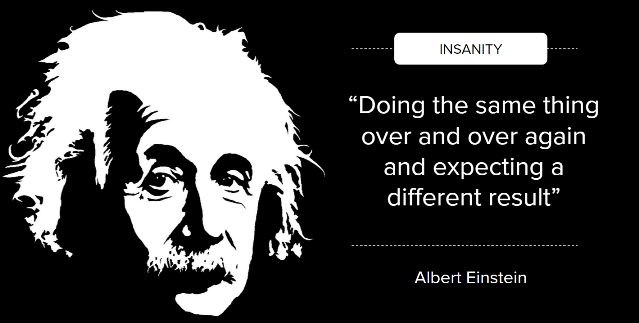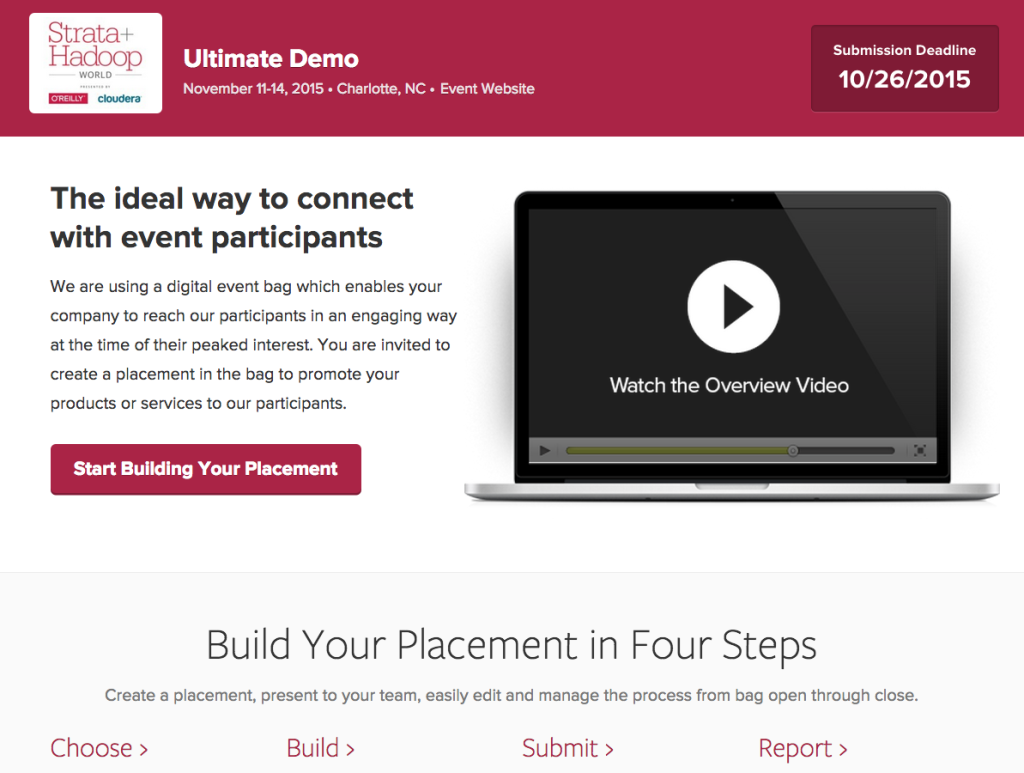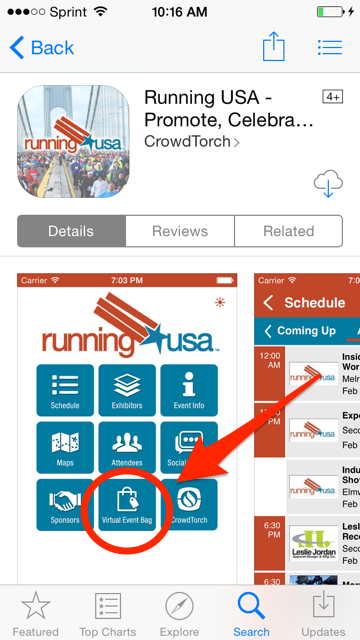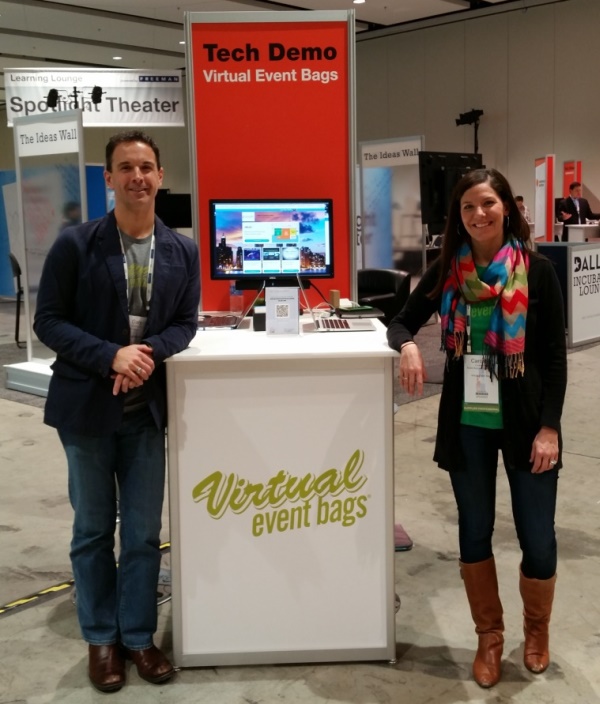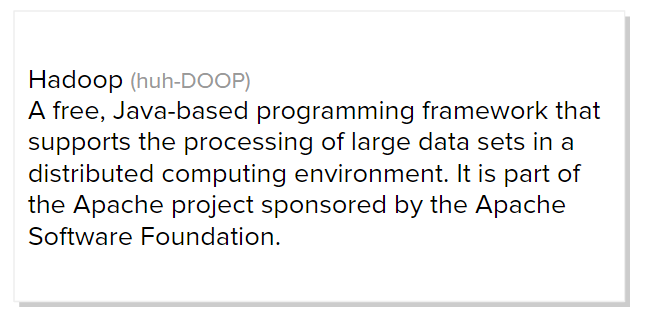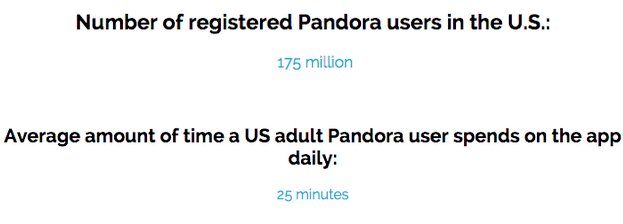Are you a race director thinking about using a Virtual Event Bag for your race? You’ve come to the right place, where other directors share their experience using a Virtual Event Bag.
In our second installment to our webinar series, we sat down with race directors Ali Harris and Joe Dimambro of the Crim Fitness Foundation to discuss their annual event, The HealthPlus Crim Festival of Races. For the past three years, Crim has used the standard plan of our platform, and we want to share their journey.
Highlights of this post
- What The Race Directors Said
- Attendee Q & A
- Takeaway
What The Race Directors Said
1. Share with us a little bit about your event.
Joe: The Festival of Races is a weekend of fun in downtown Flint, Michigan for runners and walkers of all levels and ages. It includes five separate running events ranging from a 10-mile race to a .29 mile teddy bear trot and reaches over 15,000 racers!
2. Why did you choose a Virtual Event Bag?
Ali: The user-friendly dashboard is fantastic and the automated scheduling has helped us hit the ground running year after year. Another huge plus is not having to find hundreds of volunteers to stuff thousands of bags amidst the chaos leading up to the race.
3. How did you position the bag with your sponsors/vendors?
Ali: As part of our contract, we include the Virtual Event Bag as an added value for all of our sponsors. However, sponsors are not the only ones that can benefit. We allow community members the ability to create a placement for 250 dollars, a fee that they are willing to pay due to the value of our audience.
*Crim was able to cover the cost of the bag and then some by having five community members come in at the $250 level.
4. How did the platform make executing the bag easy?
Ali: The schedule made it wonderfully easy because it provided us with a checklist of items to do, which we were able to incorporate into our master timeline for the event. We also found it easy because any time we had questions we were able to reach out to the VEB team for support.
5. How did using the bag evolve over the years?
Ali: We’ve stayed consistent in our use of the bag over the years. However, we are noticing that more sponsors are using it each year, and being able to share a preview of the bag has helped them create great placements. Also, with all of the improvements that are made to the platform each year it’s gotten even easier to use, and we’ve hit our stride with managing it and our sponsors.
Joe: Another point with the evolution we have noticed, is that each year more and more people are signing up for our race via mobile or tech application. With that in mind, we’ve tried to shift towards using more technology and using a virtual bag goes right along with that theme.
6. Words of Wisdom?
Ali: If you are thinking about using it we strongly encourage that you do, it is so easy to use and will save you a lot of time. Work together as a team to help get it going or provide it as an intern project because it’s a great learning experience when working with sponsors.
Attendee Q & A
1.What ideas do you recommend for getting sponsors to pay for a placement?
Ali: For the paid placements it was about communicating the value of the reach they would have with the number of our participants. We also found it helpful to discuss the benefits of being able to receive a report and how we want to be able to provide them with ROI.
Takeaway
As Joe pointed out, the use of technology with endurance events is growing. Race directors are finding easier and more sustainable ways to replace cumbersome processes. The Virtual Event Bag helps directors accomplish those goals. So don’t hesitate, in today’s world time is money, show your sponsors and volunteers that you respect theirs and schedule a demo today!
sales@virtualeventbags.com
#gotothebag



